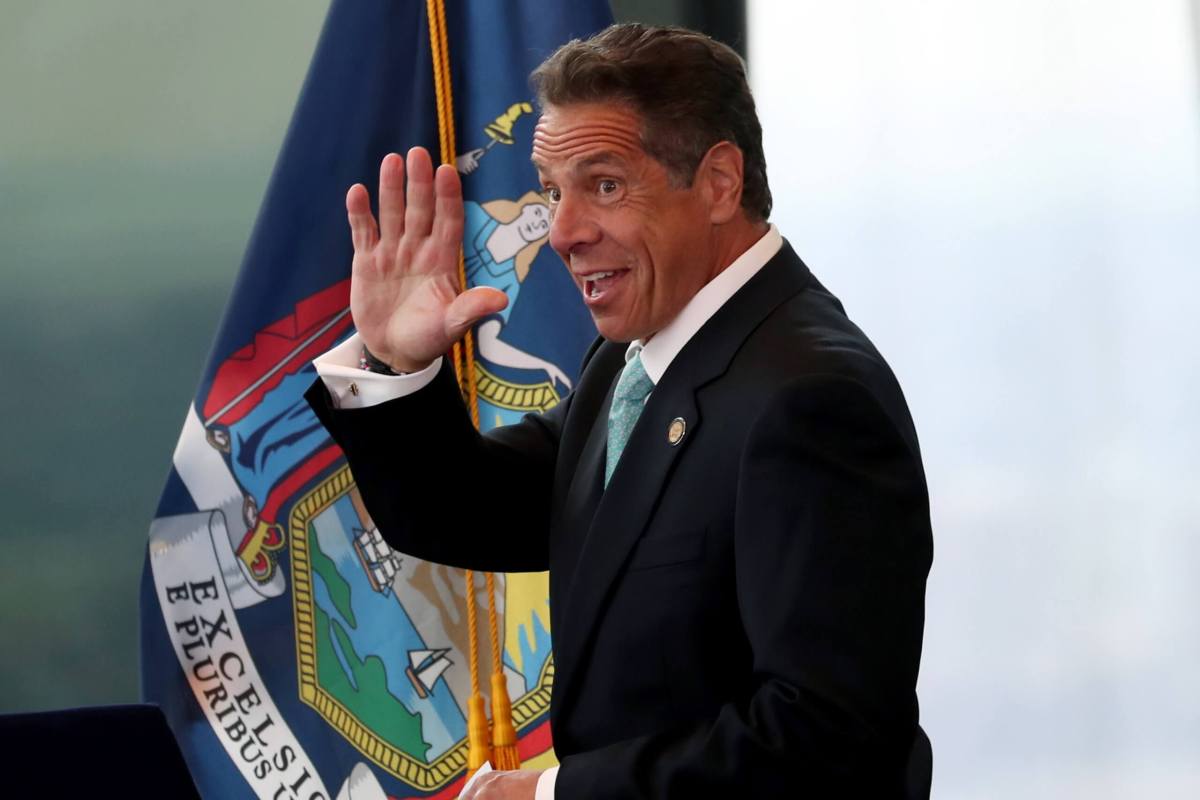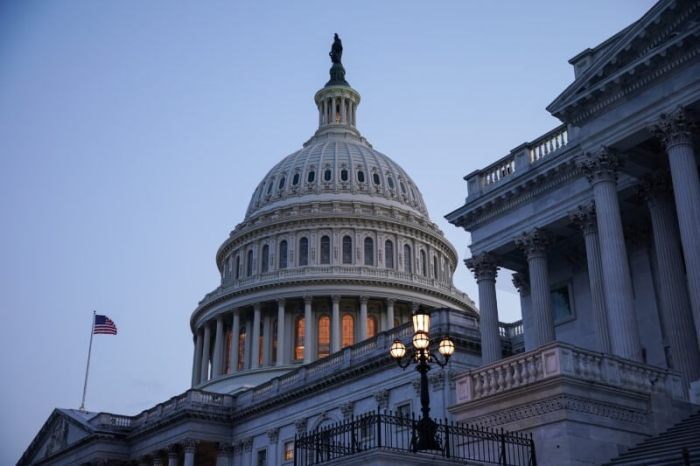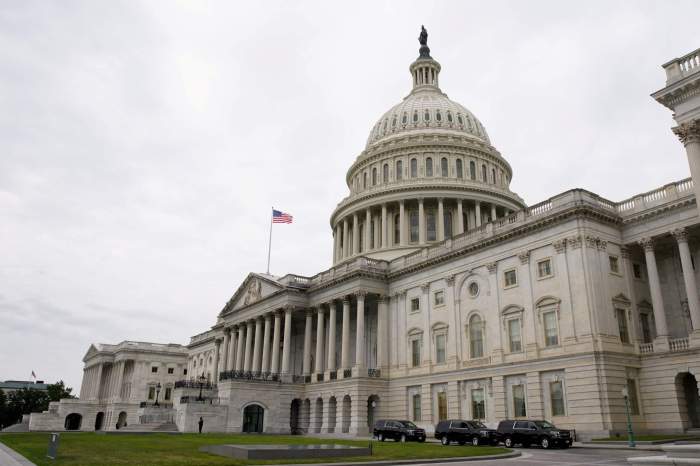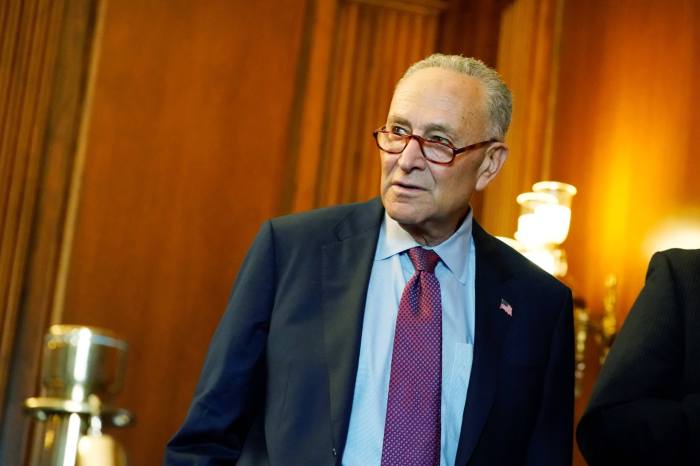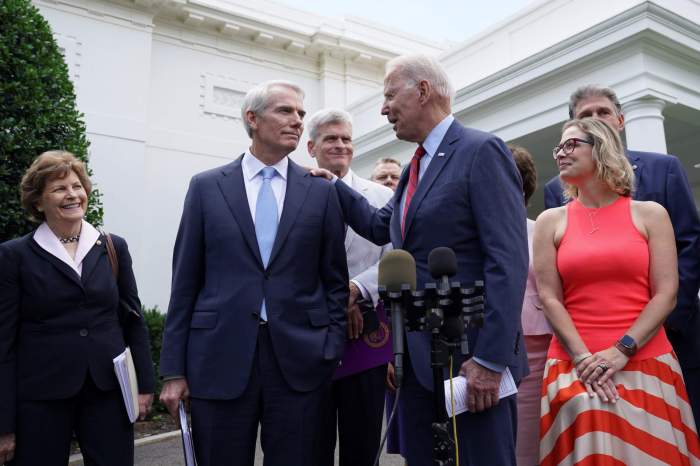It began in the shadow of another governor’s scandal, and ended before its scheduled conclusion mired in controversy.
The tenure of Andrew Cuomo as the 56th governor of New York state, which ends at 11:59 p.m. Monday night, Aug. 23, featured 11 years of seismic political changes, major construction projects and a devastating pandemic that brought about the governor’s best (and sometimes worst) qualities.
Cuomo had plans to do something that his father, Mario, couldn’t do — win election to the governor’s mansion four times. In 1994, the elder Cuomo’s fourth-term bid was derailed by Republican George Pataki in the year of the “Republican Revolution.”
But in 2021, the younger incumbent Cuomo’s stewardship of the state came to an ignominious end, rocked by a massive sexual harassment scandal in which 11 women came forward to accuse the governor of groping and/or making inappropriate statements toward them.
The scandal dogged Andrew Cuomo for months, as the governor claimed he did nothing wrong, and that his actions were simply misunderstood. He tried to shake it off with apologies and promises of reform, but the damning independent investigation from state Attorney General Letitia James issued on Aug. 3 made Cuomo’s continued leadership, in the eyes of Democratic and Republican lawmakers statewide, untenable.
On Aug. 10, even as his attorneys continued a strident defense, Cuomo gave New York state residents his two weeks notice. Lieutenant Governor Kathy Hochul will become New York’s 57th (and first female) governor at midnight Tuesday, Aug. 24, and will at the very least complete what’s left of Cuomo’s third and final term in office.
She’ll take the same oath of office that Andrew Cuomo did when he became New York governor on Jan. 1, 2011. After serving one-term as New York’s attorney general, Cuomo was swept to power in November 2010 with 62.2% of the vote, promising to reform government and change the way New York did business.
His tenure
Cuomo took office nearly three years removed from the sudden resignation of then-Governor Eliot Spitzer in March 2008. Spitzer, who was elected governor in 2006 after serving two terms as attorney general, had been caught in a prostitution scandal.
Within months, Cuomo helped steer the legislature toward approval of the Marriage Equality Act, finally legalizing same-sex marriage in New York state after years of public battle in Albany. It turned out to be one of the biggest progressive victories of the Cuomo era in New York.
The governor secured numerous legislative victories in the years that followed — from a property tax cap to gun control measures; from a hydraulic fracturing ban to marijuana decriminalization and legislation. He also helped get numerous public infrastructure projects completed, including a new Kosciuszko Bridge on the Brooklyn/Queens border, the first phase of the Second Avenue Subway, new terminals at LaGuardia Airport; and a brand new Hudson River crossing replacing the Tappan Zee Bridge that was renamed in his father Mario’s honor.
After Superstorm Sandy submerged coastal areas of the city in October 2012, Cuomo led the effort to rebuild the damaged Queens-Midtown and Hugh Carey (Brooklyn Battery) Tunnels, along with funding MTA repairs to its tubes.
Cuomo governed as a moderate, and wasn’t afraid to work with conservatives lawmakers in Albany — though that often raised the ire or progressives who felt increasingly ignored.
When he ran for re-election, Cuomo faced challenges from progressives Zephyr Teachout in 2014 and actor Cynthia Nixon in 2018. Each time, the upstart candidacies drew more than a third of the vote from Democrats across New York, neither the progressives — nor Cuomo’s Republican challengers in the general elections — could topple him.
Still, the progressive angst over Cuomo remained, embodied, in many respects, by the governor’s feud with Mayor Bill de Blasio. Like a bad seven-year marriage, the governor of New York state and the mayor of its largest tax base traded barbs and snipes over all kinds of issues — in good times and bad, in sickness and in health.
Then the COVID-19 pandemic hit New York in the spring of 2020, with the first official case diagnosed on March 1. Cuomo won statewide and national praise for his handling of the health crisis that crippled the state. With daily televised press briefings on the pandemic, Cuomo was seen as a stalwart of facts and science in the face of then-President Donald Trump’s dithering and denial.
His unraveling
Cuomo’s approval rating surged to as high as 77%, and it seemed that winning a fourth term was a fait accompli. But it all unraveled quickly beginning in the winter of 2021, when another investigation by Attorney General James found that the Cuomo administration and the Department of Health failed to be forthright on COVID-19 deaths in nursing homes.
The situation was further aggravated when Secretary to the Governor Melissa DeRosa revealed that the administration had withheld that information from state lawmakers due to an ongoing federal investigation. Public reports of Cuomo’s multi-million dollar book deal for his autobiography on the COVID-19 crisis further sparked the ire of New Yorkers.
Sexual harassment allegations against Cuomo also surfaced, beginning with former aide Lindsey Boylan’s public disclosure on Twitter. As other women came forward to accuse the governor, and calls for his resignation mounted, he directed James to open an investigation into the alleged actions.
That led to the Aug. 3 report that outlined accusations made by 11 women — and served to be the beginning of the Cuomo era in New York.



